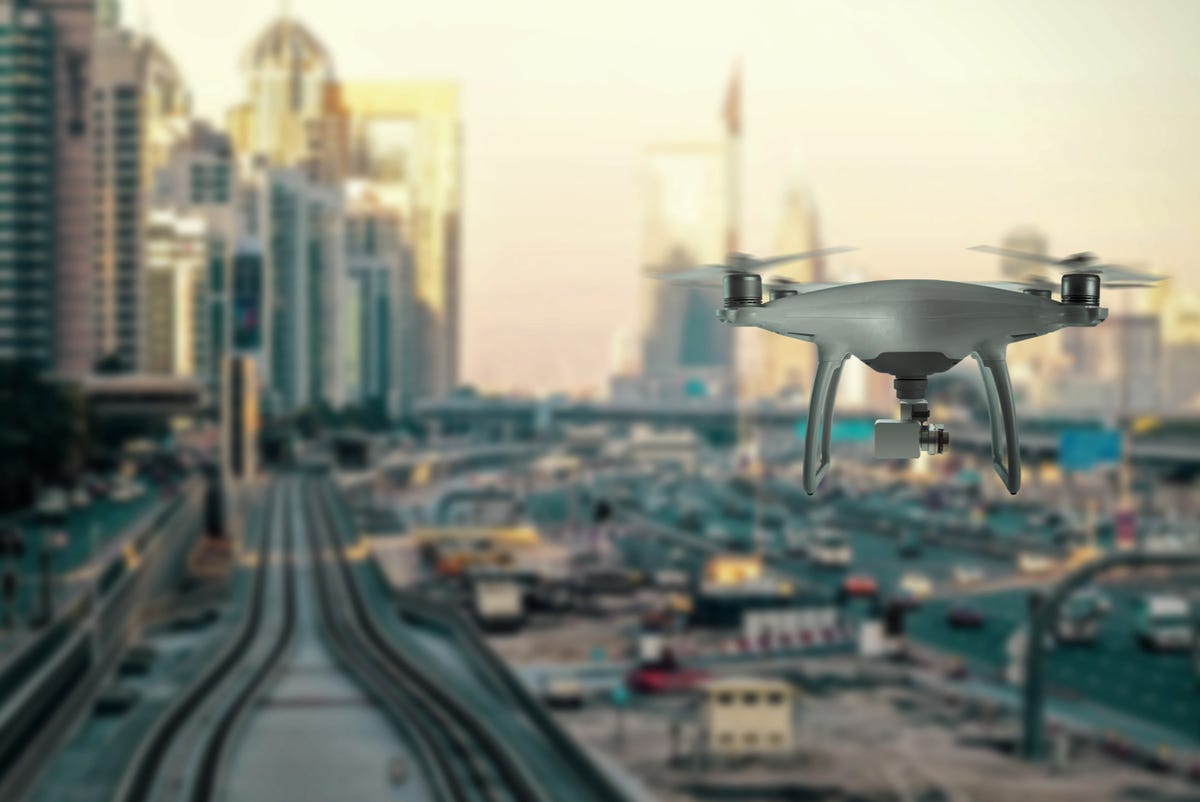[ad_1]

By Stanisic Vladimir — Shutterstock
No seriously, drone delivery is coming. If you were skeptical before, an FAA committee just took a huge step with the compliance groundwork to make that a reality.
The so-called Beyond Visual Line of Sight Aviation Rulemaking Committee (BVLOS ARC) of the FAA published its final report last week. The committee is charged with paving the way toward broader commercial use of drones in the U.S., and its findings are being widely applauded by many in the sector who have sought a broader scope for commercial drone operations, including in applications like search and rescue and delivery.
“Around the world, commercial drones are saving lives, making jobs more efficient, inspecting infrastructure at scale, and growing the economy,” said Lisa Ellman, Executive Director of the Commercial Drone Alliance, an industry trade group. “But here in the U.S., existing regulations hold back the drone industry by unnecessarily applying incongruous standards and approaches designed for crewed aircraft. This ARC report outlines a common-sense, risk-based, performance-based approach that balances safety with innovation, and will enable drone-based operations to scale in the U.S. for the benefit of all Americans.”
Also see: Watch these autonomous drones zip through the woods
Industry advocates have argued that unlocking the BVLOS marketplace will advance progress across a number of areas, including sustainable transportation, carbon emission reduction, equitable access to medicines and vaccines, safer and more effective critical infrastructure inspection, emergency response, aerospace jobs, and domestic manufacturing.
The chorus on the other end of the spectrum hasn’t been all that loud, perhaps a function of the relatively obscure rulemaking processes at work, to which the industry is paying close attention but average consumers may not be.
A common industry argument is that the U.S. has lagged behind Europe in efforts to integrate drones into the National Airspace in large part due to the limitations of the regulatory framework and the federal bureaucracy’s struggle to move nimbly.
The recent FAA report gives the clearest indications yet of what a coming BVLOS regulatory framework will look like. The committee gave recommendations on things like pilot training requirements, right of way, and rules for third-party providers, such as commercial delivery vendors. Groups like the Commercial Drone Alliance, a non-profit organization led by leaders in the commercial drone and advanced air mobility industries, have long advocated for such recommendations, an interesting case where industry leaders have felt hamstrung by a lack of government guidance.
In January, Congress issued a directive to the FAA to finalize and disclose its BVLOS plans within 90 days, prioritizing rulemaking around the issue.
[ad_2]
Source link

